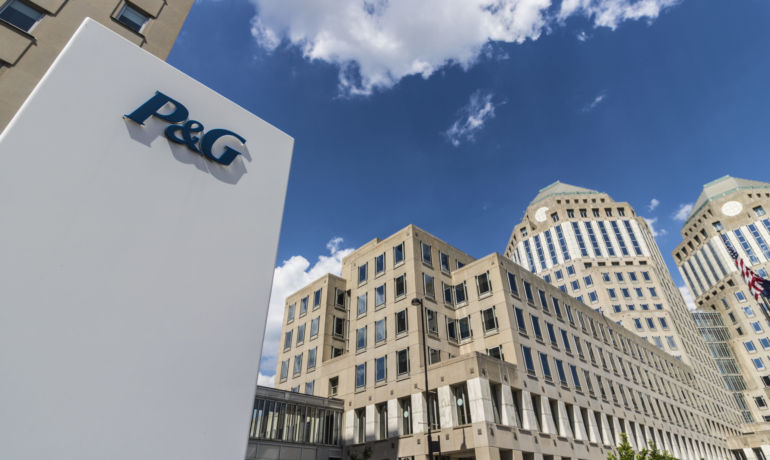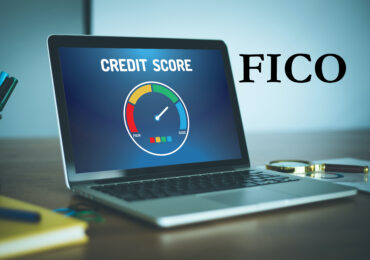Once again, the market continued rising during the third quarter, albeit with a little turbulence along the way. The S&P 500 Index was up 5.2% for the quarter and 19.8% year-to-date1. Most of that turbulence continues to be tightly linked to Federal Reserve taper policy and drama in Washington regarding the U.S. debt ceiling. The Fed surprised the market by deciding, at least in the near term, against winding down the bond-buying program, sparking a quarter end rally.
As the market continues to advance, many investors are being lulled into complacency by their rising portfolio values. However, we recognize that, regardless of what many short-term stock charts imply, business values cannot, over the long term, grow faster than their underlying cash flows. Thus, we are, as always, laser-focused on tracking the cash that is delivered to us as shareholders over time, as this will ultimately drive stock prices and returns. Some businesses are “hungrier” than others and may require absorbing more than 50% of their supposed free cash flow in order to protect and grow their business. Others, such as many of the companies we currently own, are so “capital-lite” that they have the potential to grow their businesses at global GDP or higher rates while still returning 80-100% of their earnings back to shareholders in the form of true free cash flow. Procter & Gamble, a longstanding holding of ours, is a company that really fits the bill and can serve as a good case study of how we think about both individual investments and our portfolio as a whole.
Why we like Procter & Gamble
First and foremost, we strive to construct a portfolio that we believe meets our constraint of a very low likelihood of long-term permanent loss of purchasing power. In order to meet this constraint, we generally favor and invest in what we consider to be “high quality” businesses that have certain innate characteristics that make their cash flow streams less vulnerable to unexpected shocks (even very severe ones) from competition and the economy. Factors that we believe make businesses less vulnerable to these shocks and thus “high quality” include: 1) consistent high returns on tangible assets, 2) geographic and product diversification, 3) low cyclicality, 4) high profit margins, 5) conservative use of debt, 6) stable or improving industry structure, and 7) a high likelihood of continued organic growth in their main product categories.
So, let’s look at Procter & Gamble in this framework. In our opinion, P&G possesses high marks in almost every high quality characteristic on our list.
1) It has both consistent and high returns on tangible assets.
2) It has huge product and geographic diversification. The company sells a variety of products in a number of different categories like fabric care, baby care, hair care, male grooming, beauty care, home care, and feminine care. These products are sold throughout the world with roughly 39% of sales in North America, 19% of sales in Western Europe, 18% in Asia, 10% in Latin America, and 14% in CEEMEA (Central and Eastern Europe, the Middle East, and Africa).
3) The vast majority of these products are relatively non-cyclical, inexpensive necessities for daily life.
4) Procter & Gamble has the #1 or #2 market share in most of these products, giving it economies of scale on manufacturing (leading to lower costs) and on advertising and R&D (leading to higher prices as familiarity, habit, and superior performance breed a willingness to spend a few extra cents or, in some cases, even dollars on P&G products), leading to robust and consistent operating margins of approximately 20%.
5) Procter & Gamble has net debt, inclusive of capitalized operating leases, of about 2x EBIT and interest coverage of over 17×.
6) There are a handful of global companies that account for the majority of sales in most of P&G’s product categories, leading to relatively stable market shares and industry structure over time. There are occasionally private label concerns, but these concerns have generally proven to be cyclical in nature.
7) While the U.S., Western Europe, and other developed markets may have slower growth in the future than in the past, we believe the under-penetration of P&G’s product categories in the emerging markets will allow the company to grow its revenue at roughly 5% per year over the long term. We believe this growth rate is highly achievable given that it is approximately equal to our estimate of the long term nominal global GDP growth rate, to P&G’s product categories’ recent growth rate, and to P&G’s historical revenue growth rate.
Clearly, on our metrics, P&G is one of the highest quality businesses around. However, since we recognize that even a great business purchased at a high price is a poor investment, let’s now look at our estimate of the expected return at the current price.
In order to determine the expected return, we first spend a significant amount of time assessing normalized cash flow (cash flow adjusted for cyclicality in sales and margins) and then adjust for often-overlooked items such as option issuance, pensions, and “moat-protecting” (as opposed to truly additive) acquisitions that will reabsorb the cash generated. Once we understand the cash generative power of the business and how much of that cash is truly free to shareholders, we calculate an expected rate of return based on the prevailing market price.
In P&G’s case, based on our calculation of its free cash flow (“FCF”), roughly 110% of its earnings over the last seven years have been available to return to shareholders in the form of share repurchases, dividends, cash buildup or debt repayment. Additionally, while margins have generally been stable at P&G over the last ten years, they’ve moved around a little and are currently slightly depressed relative to the 10 year average, making free cash flow understated relative to earnings by an additional 10% or so. We believe margins are depressed both as a result of a bloated cost structure and as a result of recent mismanagement of P&G’s brands that has led to subpar growth relative to the rest of the industry (for instance, P&G’s 2012 organic revenue growth was only 3% vs. Unilever, Colgate, Kimberly Clark, and Clorox at between 4% and 7%).
Thus, in a base case, if the current next twelve months earnings are projected to be $4.39, at the September 30th closing price of $75.59, the earnings yield is roughly 5.8%. However, the key question is how much of that yield the shareholders will pocket. As a result of current accounting, we believe that earnings can be converted to FCF at an astounding 105% rate (not the typical 25-75% of most businesses) and that margins are understating FCF by an additional 10%. Thus, the normalized FCF yield is almost a full percent higher at 6.7% ($5.07 a share). Adding in the 5% growth rate gets an expected return of 11.7%, our base case estimate of expected return.
In a negative case, P&G may only convert 90% of earnings into free cash and margins may drop further to 90% of their current level, resulting in a 4.7% FCF yield ($3.56 a share). Assuming FCF growth of only 4% over the long term leads to an 8.7% forward rate of return.
However, our bullish case is that newly reinstated A.G. Lafley achieves the 24% EBIT margins that he highlighted as a goal in October 2005 after the Gilette merger (and that also happen to be equal to best-in-class competitor, Colgate). If he achieves these margins, then our normalized free cash flow yield goes up to 7.7% ($5.84 a share). With 5% growth, that’s a 12.7% forward rate of return.
While we would argue this return distribution is very favorable in absolute terms, the question now becomes whether we can find any stocks that have even better risk vs. return characteristics. Almost all of the stocks that we analyze are lower quality than P&G under our metrics, yet, at current prices, the vast majority offer comparable rates of return (or lower), though with a much wider bell curve of outcomes.
This discussion doesn’t mean that we will never invest in lower quality stocks. Rather, it means that we will require a significantly higher expected forward rate of return in order to invest in any lower quality stocks. It also means that we will likely never have a portfolio consisting entirely of very cyclical or very levered companies, given their correlated risk of precipitous cash flow declines in severe economic downturns such as the Great Depression or the Global Financial Crisis.
Concluding Remarks
We are invested right alongside you. While investor focus has recently been on Federal Reserve policy and macroeconomic developments, ultimately, attention will turn to the cash that is delivered by individual businesses. Thus, we are pleased to own what we believe to be a collection of high quality businesses (meaning we believe our portfolio to be less risky than the market index) that are able to convert consistent earnings to free cash for shareholders at a high rate. So long as lower quality stocks offer comparable returns (or lower) to the high quality companies we own, we are happy to wait for better opportunities to come along. In the meantime, we will continue to build our list of “on-deck” companies. We will be patient and objective as we diligently seek out the best risk-adjusted expected returns.
Thank you for your continued trust and confidence,
The YCG Team
Disclaimer: The specific securities identified and discussed should not be considered a recommendation to purchase or sell any particular security. Rather, this commentary is presented solely for the purpose of illustrating YCG’s investment approach. These commentaries contain our views and opinions at the time such commentaries were written and are subject to change thereafter. The securities discussed do not represent an account’s entire portfolio and in the aggregate may represent only a small percentage of an account’s portfolio holdings. These commentaries may include “forward looking statements” which may or may not be accurate in the long-term. It should not be assumed that any of the securities transactions or holdings discussed were or will prove to be profitable. Past performance is no guarantee of future results.




